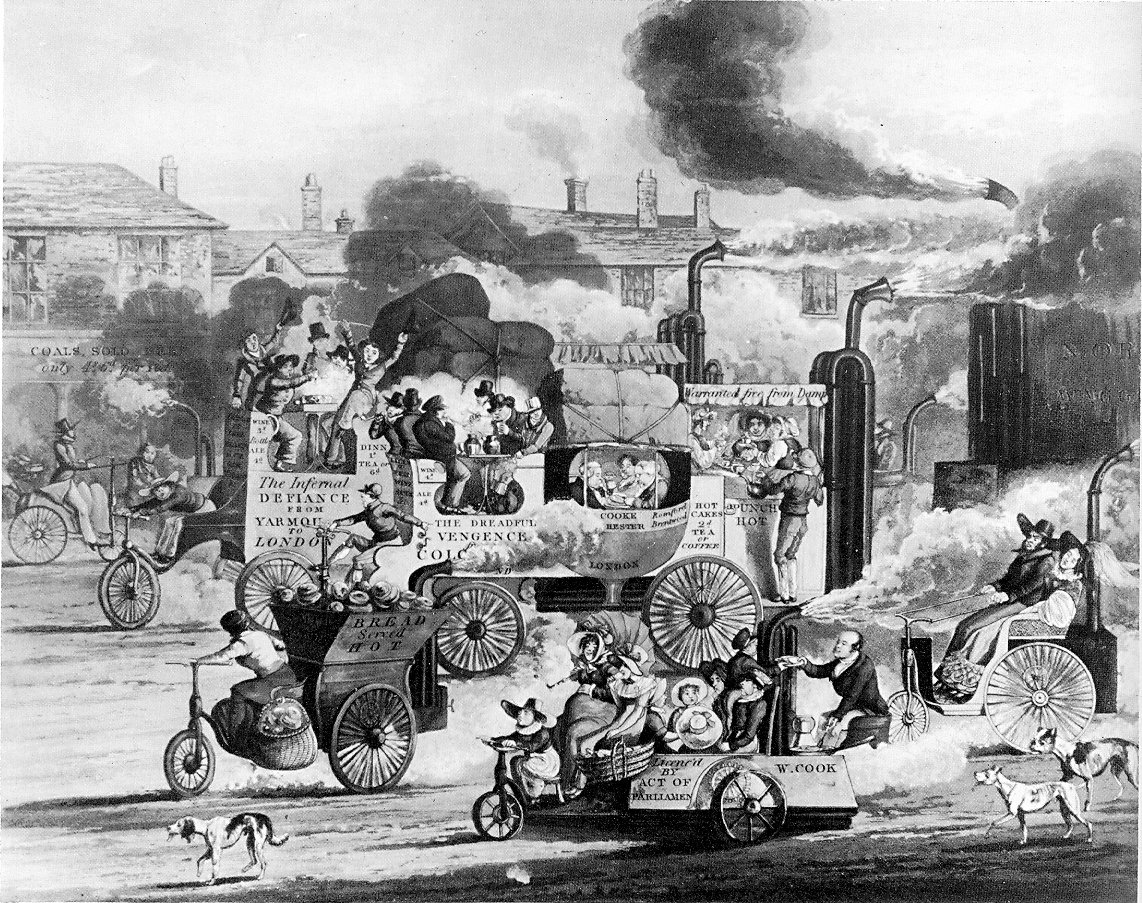Lets start then! Diesel engines are 30% efficient at crankshaft, then allow for lack of regenerative braking, idling & transmission losses etc then 15%, so that's just 50x15% = 7.5 megajoules/kg at the wheel. Ok, lets add the power pack of 16t, plus 4t of bits makes 20t for 1000l / 1t of fuel. 7.5 / 20t = 0.75 megajoules/kg in real terms.
So batteries are today at weight for weight matching a diesel and all of its engine / tanks / gearbox extra weight but not yet matching on capital cost, but are on whole life cost as the fuel cost is much lower on electric.
You have to calculate on a like for like basis. Weight = fuel + tank + engine + fuel system + gearbox; mega joules = fuel x engine efficiency x transmission losses x wasted energy from braking / idling. Electric looses just 10% of charging / discharging a battery and <1% on a capacitor.
Now super-capacitors. The latest polymer capacitors are 1000x that of the old style you quote, so well above diesels or batteries. They are in the labs today, powering test mobiles / laptops and soon, within a few years cars / busses, then trains
https://www.techworld.com/apps-wear...cars-that-charge-in-minutes-possible-3651281/
The Tesla battery started at 60 kW/h and is now 100 kW/h for the same weight, Nissan went from 24 to 30 to 45 and 60 KW/h for the same weight in a short time. I cannot find a decent graph for this at the moment, as they are all very complex for the average Joe.
So compare like with like and lets forget the fossil lobby & their dieselgate figures!

